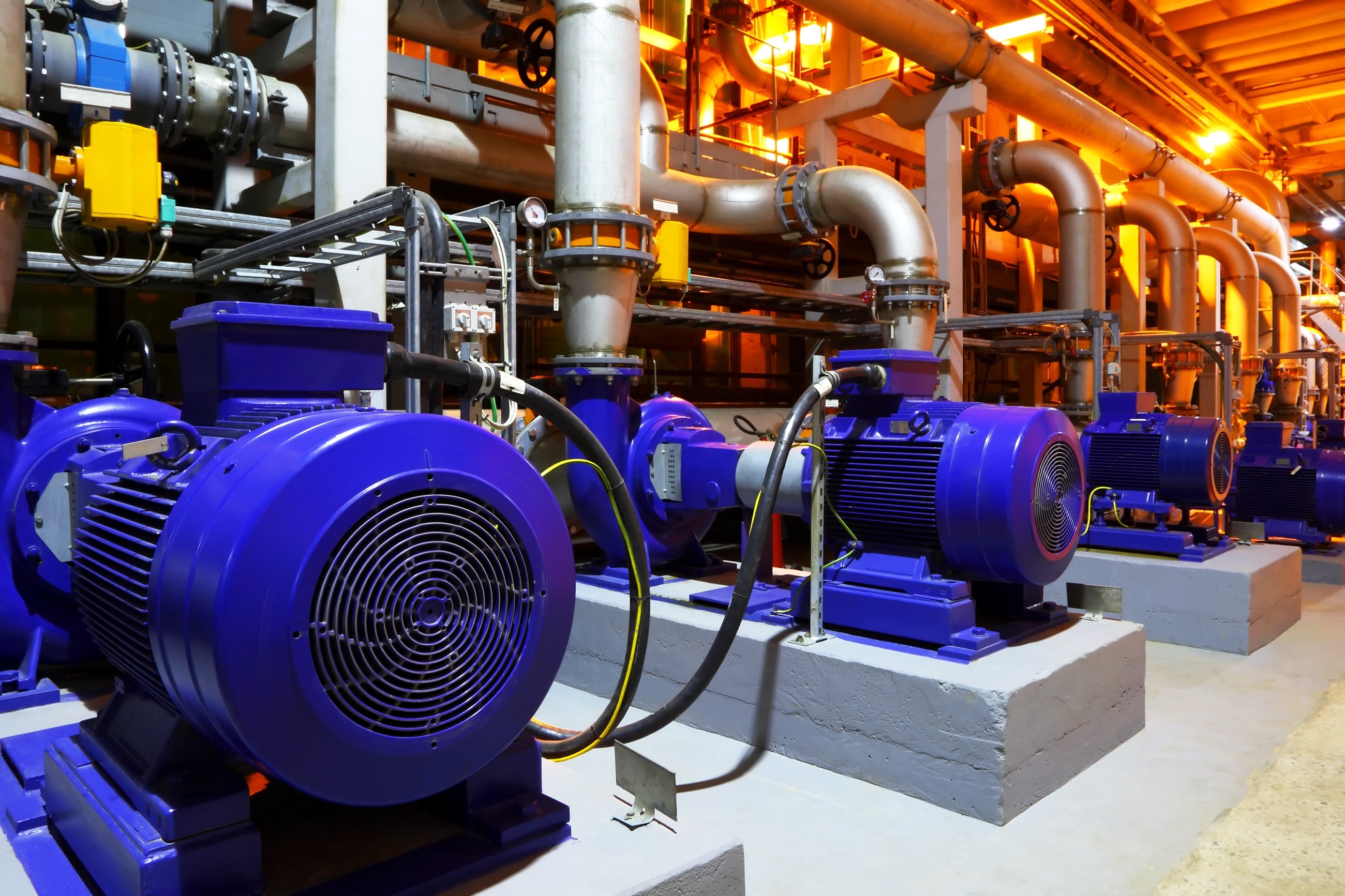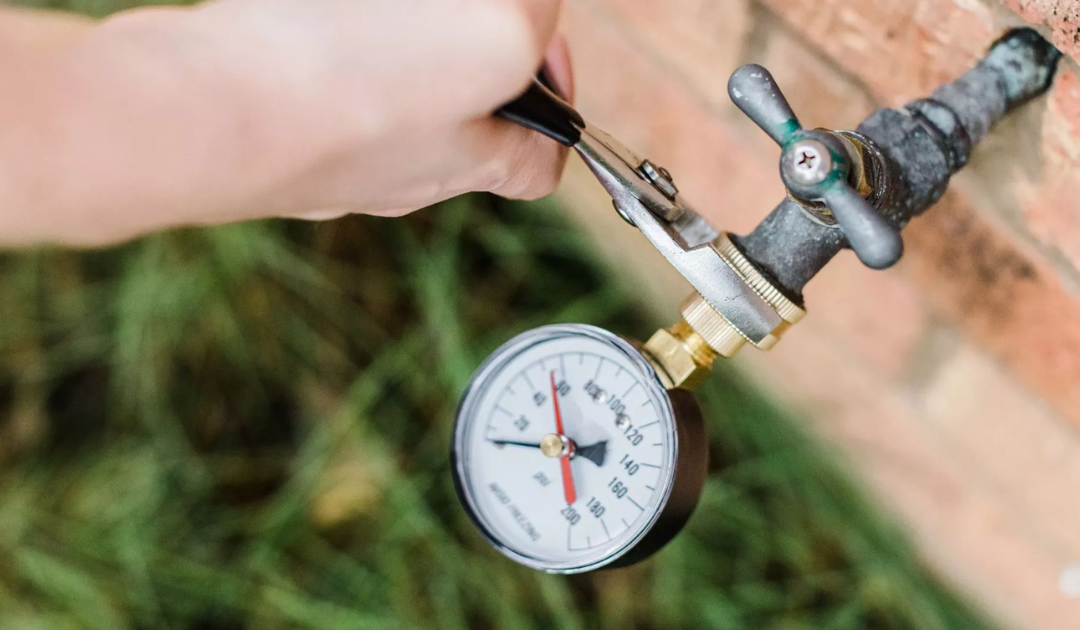Tested Techniques for Dealing with Low Water Pressure in Your Home
Tested Techniques for Dealing with Low Water Pressure in Your Home
Blog Article
Just how do you actually feel about 10 Reasons for Low Water Pressure in Your House?

Low tide pressure in your home can be a discouraging trouble, affecting every little thing from bathing to cleaning meals. If you're experiencing weak water flow, there are a number of feasible reasons and services to explore. In this guide, we'll review typical factors for low tide pressure and practical actions to resolve the issue properly.
Introduction to Low Tide Stress
Low tide stress occurs when the flow of water from your faucets, showers, and other components is weaker than common. This can make daily tasks extra difficult and much less effective. Understanding the sources of low tide pressure is critical to finding the ideal remedy.
Usual Root Causes Of Low Water Stress
Pipe Obstructions
Over time, pipelines can come to be obstructed with mineral deposits, debris, or debris, limiting the circulation of water. This is a typical problem in older homes with galvanized steel pipes.
Deterioration
Deterioration within pipelines can result in leaks and reduced water pressure. Corrosion accumulation can restrict water flow, specifically in aging plumbing systems.
Faulty Stress Regulators
Stress regulators are responsible for maintaining constant water stress in your home. If they malfunction, it can cause low tide stress or unequal circulation throughout the house.
Metropolitan Water System Issues
Sometimes, the problem lies outside your home. Metropolitan water supply issues, such as main line leakages or maintenance work, can temporarily minimize water stress in your location.
Just How to Diagnose Low Tide Pressure
Inspecting Taps and Components
Start by evaluating the water stress at different taps and fixtures throughout your home. If the problem is separated to details areas, it might suggest localized troubles.
Examining Pipes
Examine visible pipelines for signs of leaks, deterioration, or obstructions. Take note of any unusual audios, such as banging or rattling pipes, which might suggest issues within the plumbing system.
Consulting with a Plumber
If you're unable to identify the cause of low water pressure, take into consideration employing an expert plumber to carry out an extensive evaluation. They can recognize underlying problems and advise proper solutions.
DIY Solutions to Repair Low Water Pressure
Cleansing Aerators and Showerheads
Natural resources can accumulate in aerators and showerheads, reducing water flow. Eliminate and clean up these components consistently to boost water pressure.
Flushing Hot Water Heater
Sediment buildup in the water heater can restrict flow and minimize effectiveness. Purging the tank periodically helps remove sediment and preserve optimum performance.
Examining Pressure Regulatory Authority
Make sure that the stress regulatory authority is working appropriately. Changing or replacing the regulator can assist recover proper water stress throughout your home.
Clearing Up Clogs in Pipeline
For minor clogs, attempt using a plumbing serpent or chemical drainpipe cleaner to clear blockages in pipelines. Beware when using chemicals and comply with safety and security guidelines.
When to Call an Expert Plumber
If do it yourself initiatives fail to settle the problem or if you suspect substantial plumbing problems, it's ideal to look for assistance from an accredited plumber. They have the proficiency and devices to deal with intricate problems safely and effectively.
Safety Nets to Maintain Water Pressure
Routine Maintenance
Schedule regular upkeep for your plumbing system to stop concerns such as rust, leakages, and obstructions. Attending to minor problems early can help stay clear of even more considerable repair services in the future.
Setting Up a Pressure Booster
Think about setting up a pressure booster pump to improve water pressure in locations with regularly reduced circulation. This can be specifically helpful for multi-story homes or residential properties with high-demand fixtures.
Surveillance Water Use
Bear in mind water use routines and avoid ill-using the plumbing system. Basic adjustments, such as staggering showers and laundry tons, can assist keep adequate water pressure.
Conclusion
Dealing with low tide pressure can be discouraging, but identifying the underlying reasons and implementing ideal solutions can restore ideal flow throughout your home. Whether it's cleaning aerators, inspecting pipelines, or talking to a plumber, taking positive actions can guarantee a steady supply of water for your daily needs.
FOUR WAYS TO FIX LOW WATER PRESSURE NOW
Turning on a shower or faucet only to find the water comes out in a sad, slow drizzle is never a good feeling. How exactly are you supposed to wash a pan or take a quick shower when it takes 10 minutes just to rinse off a little soap? The good news is that when your water pressure is bad, there's always a cause: typically one that can be easily fixed. Here are some of the most common causes of low pressure and what you can do to fix the issue:
DEBRIS AND MINERAL DEPOSIT BUILDUPS
If you notice low water pressure from just one or two of the fixtures in your house, the problem likely has to do with debris buildup. Water is full of minerals and other debris, all of which can accumulate in your pipes and on your fixtures. This can cause a blockage that affects how much water flows through. To fix this, try filling a small plastic bag with white vinegar, and use a rubber band to hang it around your showerhead or faucet. Let the head of the fixture soak for a few hours, and the vinegar should loosen the deposits.
WATER LEAKS
Leaks are another common cause of low water pressure. If water is flowing out of your plumbing through a hole or crack before it can reach your fixture, the pressure coming out of the faucet or showerhead will be lower. A plumbing professional is your best bet for finding and repairing a leak in your water supply pipes.
Leaks are another common cause of low water pressure. If water is flowing out of your plumbing through a hole or crack before it can reach your fixture, the pressure coming out of the faucet or showerhead will be lower. A plumbing professional is your best bet for finding and repairing a leak in your water supply pipes.
FOUR WAYS TO FIX LOW WATER PRESSURE NOW
Turning on a shower or faucet only to find the water comes out in a sad, slow drizzle is never a good feeling. How exactly are you supposed to wash a pan or take a quick shower when it takes 10 minutes just to rinse off a little soap? The good news is that when your water pressure is bad, there's always a cause: typically one that can be easily fixed. Here are some of the most common causes of low pressure and what you can do to fix the issue:
DEBRIS AND MINERAL DEPOSIT BUILDUPS
If you notice low water pressure from just one or two of the fixtures in your house, the problem likely has to do with debris buildup. Water is full of minerals and other debris, all of which can accumulate in your pipes and on your fixtures. This can cause a blockage that affects how much water flows through. To fix this, try filling a small plastic bag with white vinegar, and use a rubber band to hang it around your showerhead or faucet. Let the head of the fixture soak for a few hours, and the vinegar should loosen the deposits.
WATER LEAKS
Leaks are another common cause of low water pressure. If water is flowing out of your plumbing through a hole or crack before it can reach your fixture, the pressure coming out of the faucet or showerhead will be lower. A plumbing professional is your best bet for finding and repairing a leak in your water supply pipes.
Leaks are another common cause of low water pressure. If water is flowing out of your plumbing through a hole or crack before it can reach your fixture, the pressure coming out of the faucet or showerhead will be lower. A plumbing professional is your best bet for finding and repairing a leak in your water supply pipes.
A VALVE ISSUE
If you have low water pressure throughout your home, check your main shut-off valve to make sure it's completely open. You may also want to see if there's a pressure-reducing valve installed. If there is, have a plumber help you adjust the settings to get the pressure you're looking for.
OTHERS USING WATER
Believe it or not, your low water pressure could be caused by your neighbors. If you notice low pressure at certain times of day, it may be because you and the people living next to you have similar schedules - when everyone is showering at the same time, the pressure will be lower in every home. Low pressure throughout the neighborhood may also be caused by an issue with your municipal water supply. If that's the case, call the supplier to see if they're working on the issue.
https://www.rotorooter.com/blog/water-leaking/low-water-pressure-fixes/

I am just very involved in Dealing with Low Water Pressure in Your Home and I hope you liked our blog entry. Liked our piece? Please share it. Let another person discover it. Thanks so much for going through it.
This Site Report this page